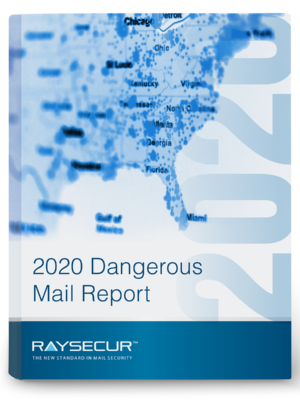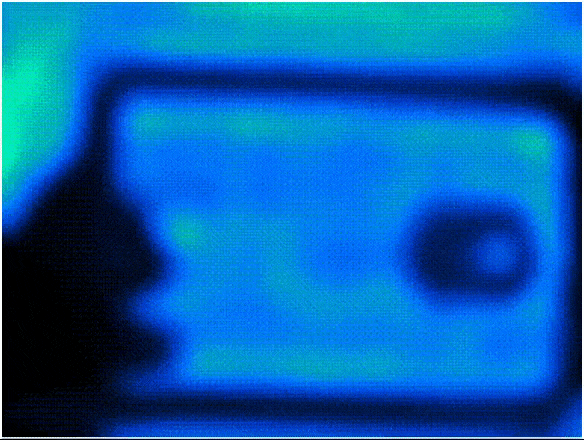The RaySecur team is proud to have been featured with ASIS on a recent virtual workshop webinar:
Thu, May 13 – 3pm ET
RaySecur CSO Will Plummer and Director of Mail Security Cody Martin will analyze trends from dangerous mail security incidents — and explain what they mean for security teams of all sizes.
The United States Postal Inspection Service (USPIS) Dangerous Mail Investigations Unit responds to 10 dangerous mail incidents every day, on average.
Though most mail security incidents are undisclosed by law enforcement, several hundred become public knowledge each year.
This discussion will present an analysis of recent dangerous mail incidents, within the broader context of official USPIS and ATF historical statistics.
The State of Mail Security:
Dangerous Mail Incidents & Risk Analysis
In this free webinar, the RaySecur team discusses types of dangerous mail threats, and the technology and procedures to help prevent them.
The Problem
Dangerous mail attacks are far more common than many security teams realize. The US Postal Inspection Service responds to an average of 10 incidents every day.
Prevalence & Cost of Dangerous Mail
From US PIS, ATF, and public data around the US, we know that thousands of companies receive mail threats each year—and many receive more than one in the same year.
Types & Examples of Mail Threats
When most people hear “mail threat,” they tend to think of ticking time bombs seen in movies. In reality, hoax white powders and drugs are much more common, in some cases via inter-office mail.


The Solution
Organizations can protect their personnel and property with proper risk assessment and established SOPs, including scalable technology.
An effective enterprise risk assessment uses guidelines provided by US Department of Homeland Security, including Facilities Best Practices published as part of DHS’ own SAFTEY Act.
Most organizations deploy x-ray scanners, if mail security is a concern. Tools and technology for screening should include Millimeter Wave scanning, to enable realtime 3D scanning for smaller threats like liquids and powders.

